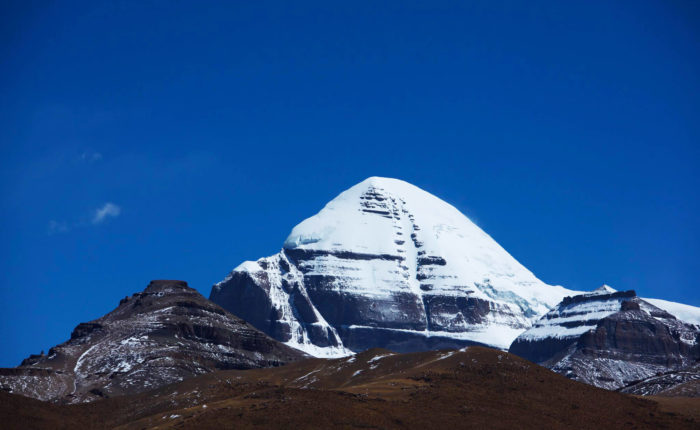- Home
- Destinations
- Nepal
- Trekking In Nepal
- Tour in Nepal
- Cultural & Sightseeing Tour In Nepal
- Photography and Filming in Nepal
- Cycling & Mountain Biking in Nepal
- Day Trips in Nepal
- Kathmandu UNESCO World Heritage Sites Tour – 1 Day
- Cultural Dinner In Kathmandu – 3 Hours
- Scenic Flight To Mt Everest – 1 Hour
- Trishuli River Rafting – 1 Day
- Tandem Paragliding – 30 Min
- Yoga and Meditation in Nepal – 1 Day
- Food Tour In Kathmandu – 1 Day
- Canyoning In Sundarijal – 1 Day
- Kathmandu Golf Tour – 1 Day
- Heli Tour in Nepal
- Peak Climbing in Nepal
- Island Peak Climbing with Everest Base Camp Trek – 21 Days
- Mera Peak Climbing in Nepal – 17 Days
- Lobuche East Peak Climbing with EBC Trek- 16 Days
- Chulu East Peak Climbing – 23 Days
- Pisang Peak Climbing in Nepal – 21 Days
- Yala Peak Climbing – 15 Days
- Tent Peak Climbing – Tharpu Chuli – 21 Days
- Singu Chuli Peak Climbing- 23 Days
- Expedition in Nepal
- Adventure Activities in Nepal
- GNT Special
- Tibet
- Bhutan
- Multi Country
- Nepal
- Tailor Made
- Resources
- Contact Us
